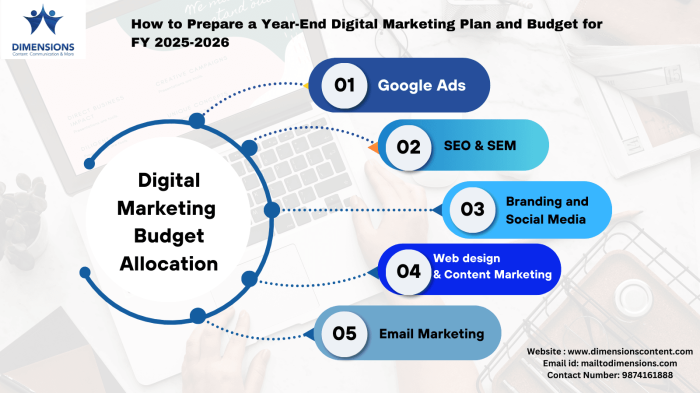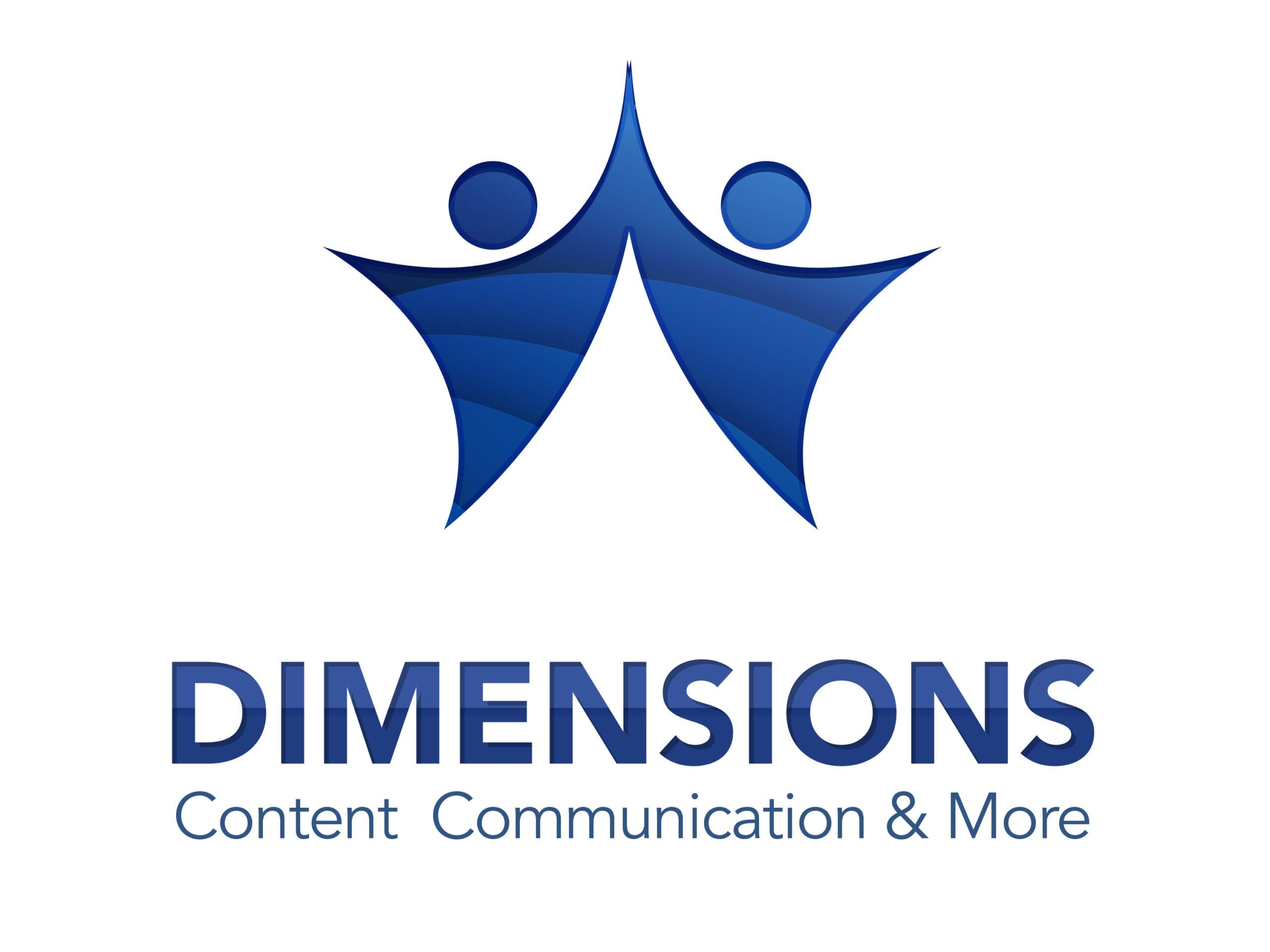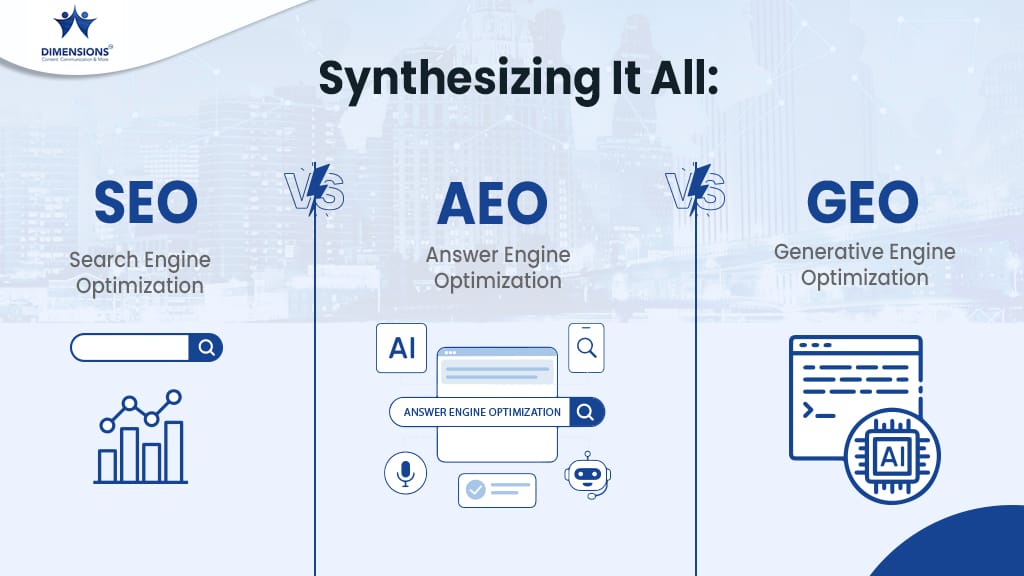How to Prepare a Year-End Digital Marketing Plan and Budget for FY 2025-2026
Add Your Heading Text Here

The online advertising environment is tougher than ever, and marketing professionals are tighter budgeted but highly anticipated. Marketing expenditures declined to 7.7% of all company revenue from 9.1% in previous years, according to the 2024 CMO Survey by Gartner. The decline indicates the necessity for marketers to get the most out of campaigns, enhance customer experience, and provide quantifiable returns with fewer dollars.
As we begin FY 2025-2026, having a good digital marketing budget and strategy is crucial to the success of your business. In this article, we’re going to take you through it, giving you step-by-step actions, data-driven recommendations, and tools to guarantee your success.
How Have Marketing Budgets Changed?
Marketing spend has also seen wide volatility over the past few years. Budgets accounted for 11% of company revenue in 2020 but declined to 6.4% during the COVID-19 pandemic. Even though the bounce back to over 9% was witnessed in the years 2022 and 2023, 2024 declined to 7.7%.
The primary driving reasons behind this change are:
- More emphasis on paid media: Paid media spending increased to 27.9% of the budget in 2024 due to the necessity for measurable ROI.
- Fewer martech and labor investments: Technology expenditure was a decade low since only 25.4% of budgets were spent on martech in 2024 (Gartner).
- More application of AI: 61% of marketers use AI for activities such as audience segmentation and content optimization.
According to The CMO Survey at Duke University, 72% of marketers show budget as the biggest challenge, but 68% will need to generate more ROI on a year-to-year basis. This justifies the use of strategic planning and resource deployment.
8 Steps to Plan Your Digital Marketing Budget
- Measure Prior Year Performance
The basis for the budget is measuring performance from the previous year. Data-driven companies are 6 times more likely to be profitable year after year. This implies traversing essential measures such as:
- Customer Acquisition Cost (CAC): The cost of acquiring a new customer.
- Lifetime Value (LTV): The worth of the revenue a customer will generate throughout their lifetime.
- Return on Ad Spend (ROAS): Revenue generated per dollar spent on advertising.
- Pro Tip: Use tools like Google Analytics 4 (GA4) to track user behavior across channels. For example, if your Instagram ads had great ROAS, consider allocating more budget to this channel.
2. Set Clear Goals
Your budget should be tied to measurable, concrete objectives. HubSpot found that 63% of marketers say their greatest difficulty is generating leads and traffic. Clear goals enable you to focus on what matters most. Typical objectives are:
- Creating brand recognition
- Creating quality leads
- Creating revenue or conversion rates
SMART Framework:
- Specific: Grow website traffic by 25% within Q1.
- Measurable: Monitor progress through Google Analytics.
- Achievable: Spend 15% of the budget on SEO.
- Relevant: In alignment with the company’s revenue objective of $5M.
- Timebound: Within a 6-month timeframe.
- Budget According to Success
Put the highest priority on channels and techniques that have succeeded in the past.
Examples include:
- If organic social media is hogging engagement, consider allocating a budget for paid social advertising.
- If the return on investment strongly comes from email marketing, put the money into list expansion and auto-attendance software.
Tip: Follow the 70-20-10 Rule:
- 70% for trusted processes.
- 20% to develop what’s currently trending (such as promotion within TikTok).
- 10% for exploring techniques (such as using AI-based generated content).
- Segment Your Needs
Describe the sources of funding for your plan, for example:
- Content: Blog content, video, infographics
- Advertising: Pay-per-click advertising, social media spend on ads, spend on displays
- Technology: SEO tools, analytics tools, AI tools
According to Wyzowl, 91% of businesses use video as a marketing tool and 96% report that it increases user understanding of their product or service.
- Map Your Content Creation
Content remains the backbone of digital marketing. The Content Marketing Institute reports that 31% of B2C marketers allocate 50% or more of their budget to content marketing.
Content Types to Prioritize:
- Blogs and Whitepapers: Most suitable for B2B companies.
- ShortForm Video: TikTok and Instagram Reels create 3x more engagement than ordinary posts.
- Interactive Content: Polls and quizzes create 47% more engagement.
Pro Tip: Repurpose content on numerous channels. For example, take a blog post and turn it into a video or infographic to maximize ROI.
- Choose Your Channels
Choose channels based on your audience and objectives. The best options are:
- Advertising: Google Ads, Facebook Ads, TikTok Ads
- SEO: SEMrush, Ahrefs, Moz
- Social Media Management: Hootsuite, Buffer
- Email Marketing: Mailchimp, HubSpot
Data Point:
TikTok: Ad revenue will be $14.15 billion in 2024.
LinkedIn: 80% of B2B leads (LinkedIn Marketing Solutions).
7. Monitor Your Results
Track performance using metrics with the help of analytics platforms like Google Analytics and HubSpot. The most important metrics to track are:
- Cost Per Lead (CPL): Expense for generating a lead.
- Conversion Rate: Number of visitors who make a desired conversion.
- ROI: Return on your marketing investment.
- Data Point: Companies that campaign-optimize every week have a 27% improved ROI as opposed to those that campaign-optimize every month. Visualize data in dashboards and report to your team. Databox and Klipfolio can help.
- Consider the Future
Project ahead and take into consideration future trends and technology. For example:
- AI and Automation: Technology like Jasper and Copy.ai reduce content creation time by 40%.
- Voice Search: 27% of the world’s online population is using voice search on a weekly basis.
- Augmented Reality (AR): 71% of customers say AR experiences increase purchase likelihood
Allocate 5-10% of your marketing spend trying out AI-based tools like ChatGPT4 for email subject-line level personalization or DALLE for ad creative development.
Additional Budget Optimization Tactics
- Use the Strength of AI to Personalize
Artificial intelligence (AI) tools like Dynamic Yield and Optimizely enable very personalized campaigns. For example, Netflix saves $1 billion annually using AI-powered content recommendations. Personalized email experiences 6x higher transaction rates.
- Spend on Customer Retention
It is 5 times more costly to bring in a new customer than to retain an existing one. Tactics are:
- Loyalty Programs: Starbucks’s rewards program drives 40% of its sales.
- Retention Emails: Cart abandonment emails recover 10–15% of abandoned sales.
- Partner with Influencers
Influencer advertising could be a cheap way to reach your public.
- ROI: Businesses get $5.78 for each $1 spent.
- MicroInfluencers: They interact 60% more than macro influencers.
- Optimize for Mobile
Leverage Google’s PageSpeed Insights to enhance mobile performance.
- Mobile Traffic: 60% of global website traffic is mobile.
- Page Speed: A 1-second load delay reduces conversions by 7%.
- Test and Iterate
Digital marketing isn’t a one-size-fits-all strategy. Test over and over again with different strategies, take results into account, and iterate on what works.
- A/B Testing: Optimize customers experience a 10–15% increase in conversions.
Key Takeaways
Creating a digital marketing budget and strategy for FY 2025-2026 is a strategic process. Analyzing past performance, outlining clear objectives, and applying data driven insights, you can optimize your budget and achieve business objectives.
Final Checklist:
- Leverage past campaigns to identify best-performing channels.
- Spend 70% of your budget on established methods.
- Experiment with AI tools for content generation and personalization.
- Monitor metrics weekly to reallocate funds dynamically.
- Invest in customer retention and mobile optimization.
With these steps, you’ll be well-equipped to navigate the challenges of tighter budgets and rising expectations, ensuring your marketing efforts drive sustainable growth.





